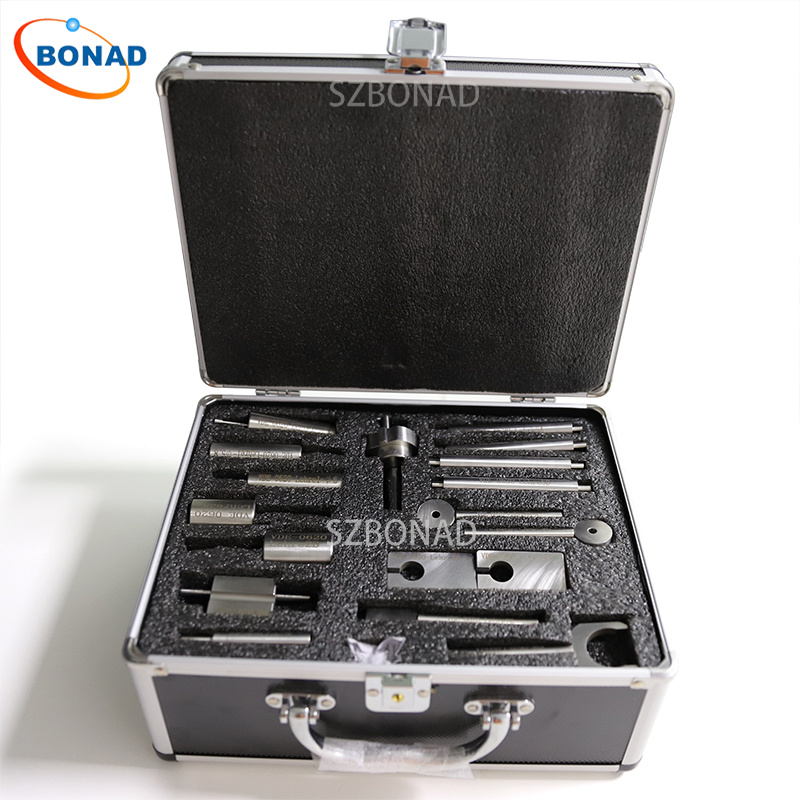Introduction:
IEC 60335 is an internationally acknowledged standard that outlines safety requirements for household and similar electrical appliances. Formulated by the International Electrotechnical Commission (IEC), this standard ensures that appliances used in homes, businesses, and industrial settings meet stringent safety criteria, protecting users from potential dangers associated with electrical devices.
1. Scope and Objective of IEC 60335:
The main aim of IEC 60335 is to ensure the safety of individuals, property, and the environment through appropriate design, construction, operation, and testing of electrical appliances. It encompasses a wide array of devices, including but not limited to washing machines, refrigerators, vacuum cleaners, hairdryers, ovens, and power tools.
2. General Safety Requirements:
The standard lays down fundamental principles that all electrical appliances must adhere to. These include protection against electric shock, mechanical hazards, fire risks, radiation, and excessive temperatures. Appliance manufacturers must ensure their products comply with these basic safety requirements by conducting thorough risk assessments and incorporating necessary safety measures during the design and manufacturing processes.
3. Electric Shock Protection:
IEC 60335 requires appliances to integrate various electrical protection mechanisms to prevent electric shocks. These measures include using insulating materials, grounding or double insulation, and preventing accidental contact with live parts. Additionally, the standard specifies requirements for power cords, plugs, and sockets to ensure safe connection and disconnection.
4. Mechanical Risks and Hazards:
Appliances must also mitigate mechanical risks to prevent injuries or environmental damage. The standard sets requirements for construction materials, moving parts, and appliance stability to avoid entrapment or pinching hazards from mechanical components. It also outlines safety protocols for securing appliances during transport or installation.
5. Fire Hazard Mitigation and Overheating Prevention:
To reduce fire risks and prevent overheating, appliances must adhere to specific safety guidelines set by IEC 60335. These include mandatory thermal protection devices, insulation systems, and effective cooling mechanisms. Appliances undergo rigorous testing to ensure they can withstand abnormal operating conditions such as short circuits or prolonged high temperatures.
6. Control of Radiation and EMF Emissions:
The standard addresses potential risks from radiation and electromagnetic fields (EMF) emitted by electrical appliances. It establishes limits on radiation levels and requires specific testing for compliance. If an appliance exceeds these limits, appropriate shielding and safety measures must be implemented to mitigate radiation hazards.
7. Special Provisions for Specific Appliances:
IEC 60335 includes special provisions for certain appliances or product categories with unique safety concerns. These provisions detail requirements for devices like microwave ovens, motor-operated appliances, electric heating pads, among others. Manufacturers must follow specific guidelines for each appliance type to ensure optimal user safety.
8. Testing and Certification Process:
Appliances must undergo extensive testing and evaluation by accredited laboratories to ensure compliance with IEC 60335 standards. Once they meet the necessary safety criteria, they become eligible for certification—signifying conformity to the standard. Certified appliances display a mark of compliance that assures consumers of their safety and reliability.
Conclusion:
The IEC 60335 standard is crucial in protecting consumers by establishing rigorous safety regulations for household and similar electrical appliances. Adherence to this standard ensures that appliances are designed, built, and tested according to the highest safety standards—minimizing risks and enhancing overall device safety in everyday life. Manufacturers, consumers, and regulatory bodies should prioritize compliance with IEC 60335 to promote a safer environment.


